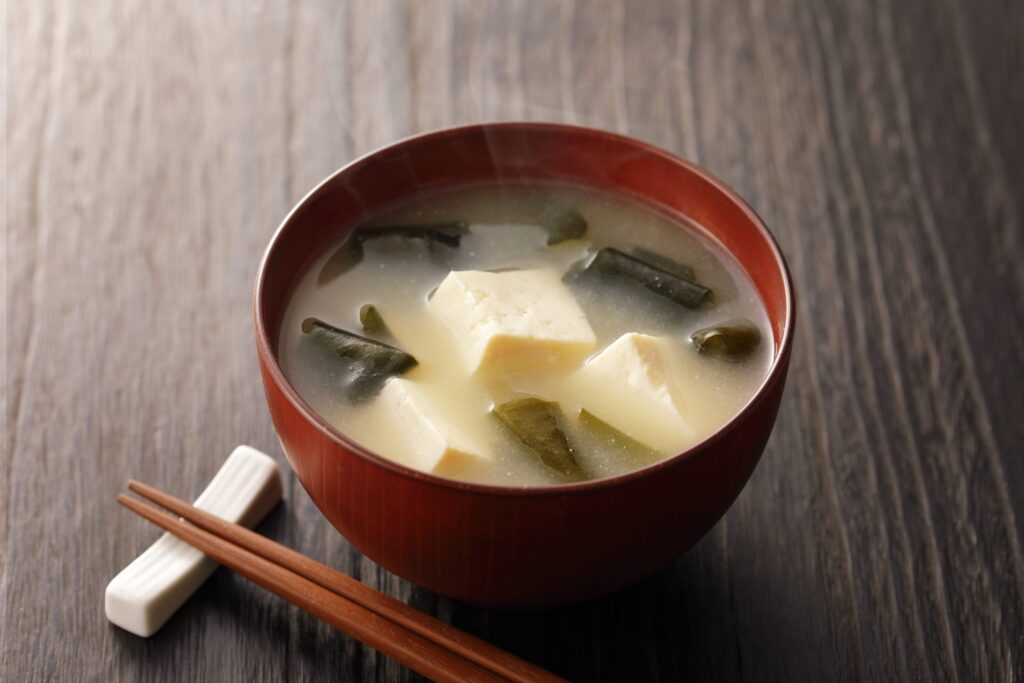
Food as medicine is a foundation of my wellness practice at Vitality. Consuming the proper nutrients, in combination with a healthy lifestyle, enables your body to grow, detoxify, and heal from most of life’s ills. To prevent or recover from deficiencies or disease, how should we decide what foods to focus on for optimal health?
One of the most important compounds that our bodies produce is called glutathione. It is a powerful antioxidant comprised of three amino acids—cysteine, glutamic acid, and glycine—built from the elements of carbon, hydrogen, nitrogen, oxygen, and sulfur linked together in the following molecular structure: C10H17N3O6S.
As our bodies age, and depending on our environmental conditions, our natural abilities to produce many compounds like glutathione can slow down and become weaker. However, we can partially counteract the effects of aging and pollution by providing our bodies’ cells with the raw materials needed for vital processes to function in an optimal, healthy way.
The foods listed below are where I begin when building a diet to increase glutathione levels in my patients. Many of the foods on this list have numerous other health benefits due to their diverse array of nutrients that affect all the systems of our bodies.
Sulfur-rich foods
Sulfur is a chemical element found in many amino acids, including those needed to produce glutathione. Allium vegetables, including garlic, shallots, and onions are rich in sulfur-containing compounds that may help increase glutathione production.
Cruciferous vegetables contain a compound called sulforaphane, which has many health benefits. Broccoli, cauliflower, cabbage, kale, bok choy, and Brussels sprouts are popular cruciferous vegetables. Broccoli sprouts in particular provide a large amount of sulforaphane. Studies have shown that sulforaphane augments and restores blood and cellular glutathione levels.1,2
Vitamin C
Another powerful antioxidant that your body needs is vitamin C. It helps maintain glutathione levels by attacking free radicals first, sparing glutathione. Studies have shown that increased intake of vitamin C also increases glutathione levels within red blood cells3 and white blood cells.4
Citrus fruits, kiwis, strawberries, papayas, cauliflower, broccoli, potatoes, and bell peppers are all examples of foods rich in vitamin C.
Selenium
Selenium is a cofactor of glutathione peroxidase, an antioxidant enzyme active inside of cells that protects our cells from damage by free radicals produced during metabolism. As a cofactor, selenium enables glutathione peroxidase to function.
One Brazil nut typically provides an entire day’s worth of selenium. Other good sources of selenium include beans, sunflower seeds, brown rice, mushrooms, fish, oatmeal, and spinach.
Protein
The amino acids comprising glutathione—cysteine, glutamic acid, and glycine—are not considered ‘essential’ to consume through food, because your body usually makes enough of them on its own. However, both cysteine and glycine are conditionally essential because you must ingest them in times of stress or illness to keep up with your body’s increased demands for raw materials to combat and heal from toxins or injury.
Whole grains are generally great sources of these three amino acids. Additionally, kombu provides glutamic acid, lentils and sunflower seeds deliver cysteine, and organic tofu or tempeh offer glycine.
Foods naturally rich in glutathione
Some foods contain high levels of glutathione and can provide it directly, but the compound is not absorbed well through the gastrointestinal tract, because digestive enzymes break it down into amino acids. Furthermore, cooking, processing, preserving, storing food generally causes the natural glutathione to deteriorate.
Fresh and frozen foods provide the highest levels of glutathione that, even if not fully absorbed, may provide some antioxidant activity. Asparagus, avocados, okra, and spinach contain high amounts of gluthathione, along with many other important vitamins and minerals.
Herbs
The milk thistle plant, Silybum marianum, contains three antioxidant compounds that are collectively called silymarin. It is particularly studied for protecting the liver,5 which is the primary organ by which your body naturally produces glutathione. Consult with your doctor before taking any extract of milk thistle, as there may be side effects or contraindications based on your specific health situation.
Turmeric, a relative of the ginger plant, contains high concentration of the bioactive compound curcumin, which has been extensively studied for its human health benefits. Curcumin not only has powerful antioxidant activity, but it has also been shown to induce the biosynthesis of glutathione within cells.6
Lifestyle
Beyond food, the way you live is an equally important factor in how your body produces and uses glutathione. Make sure to get enough sleep, generally at least 7.5 hours each night. Schedule (and do) exercise for 30 minutes each day, which can be part of your daily routine, such as walking or biking to work. Do not drink alcohol, or limit yourself to one drink once or twice per week.
If you would like to learn more about ways to boost your body’s glutathione levels, call Vitality to schedule a consultation. We offer intravenous (IV) infusions of glutathione and other nutrients directly into your system, as well as the most effective oral supplements.
References:



